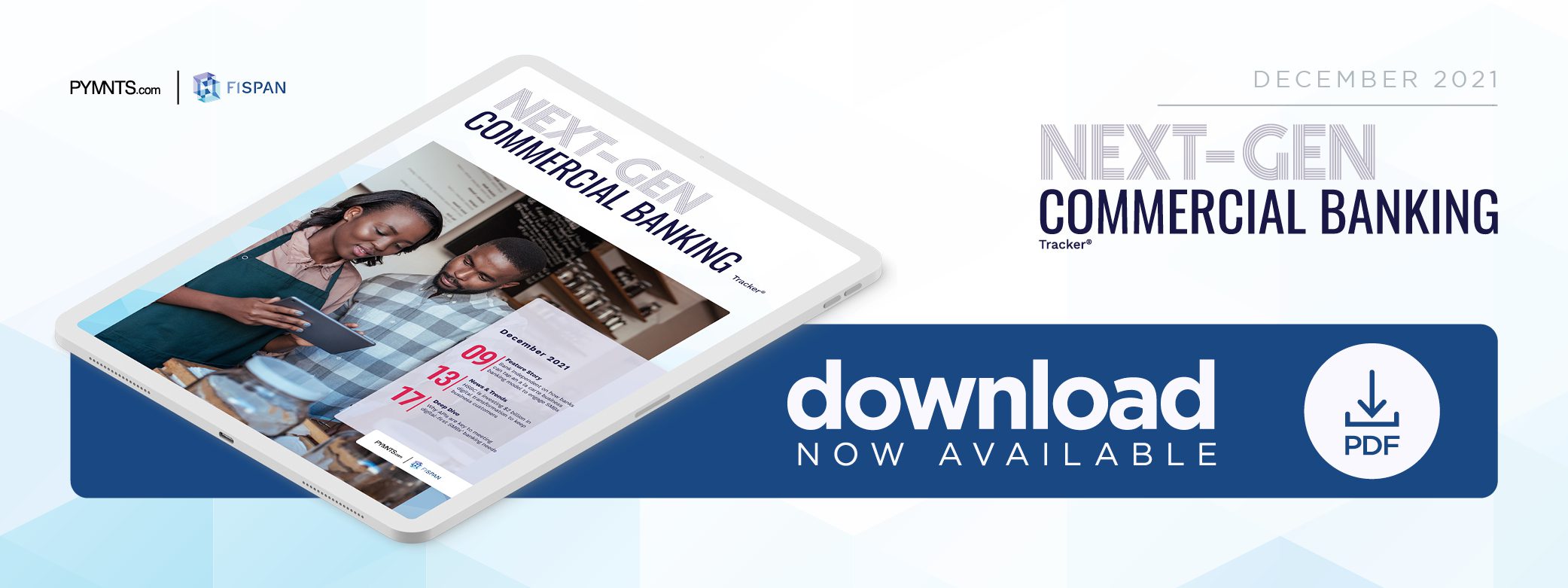Bank Independent on How Banks Can Tap an a La Carte Business Banking Model to Engage SMBs

The banking needs of most small- to medium-sized businesses (SMBs) typically aren’t that complicated, as most want easy access to specific loan and payment tools, and ‘a la carte’ choices to fill in any service gaps. In the Next-Gen Commercial Banking Tracker, Bank Independent’s Kelly Burdette explains how application programming interfaces (APIs) and open infrastructure are being used to help financial institutions meet these unique demands.
Small- to medium-sized businesses (SMBs) have always found it challenging to quickly meet their financial needs, as legacy financial institutions (FIs) often underserve these firms. The ongoing push toward digitization in the business and financial worlds means FinTechs and digital-first banking players are also more often targeting SMBs as customers, however, making legacy FIs defend their SMB clients.
Legacy FIs must understand precisely how SMBs operate if they are to meet their needs. While larger or more established entities often have robust accounting and finance teams, many SMB owners manage their banking needs by themselves, said Bank Independent Senior Vice President of Digital and Product Kelly Burdette.
Burdette stated during an interview with PYMNTS that many of these owners are often busy handling their companies’ daily needs during the workday. This means that enabling them to “self-serve” — to access banking solutions whenever it is convenient, no matter the hour — is crucial to capturing their attention.
“We’ve done a lot of that on the consumer side, where we’ve tried to give them every option to self-serve, whether that be through a device, mobile [device or] tablet … all of those different digital channels,” he said. “For small businesses, we’ve lagged there, so I think there’s some real opportunities. [But] I think that has created some challenge in that how do we get past that eight-to-five mentality when it comes to supporting the small business as a financial industry? I believe that’s why the FinTech world is starting to fill some voids and some gaps there that traditional banking has created.”
Narrowing that service gap is crucial for legacy FIs seeking to capture and retain the loyalty of today’s SMBs, especially as more companies shift toward using digital channels to interact with their customers and manage their own business needs and payments.
Personalizing the SMB Banking Experience
Catering to the needs of SMBs and up-and-coming businesses requires an increasingly digital touch. Burdette explained that SMBs’ financial needs tend to be more focused and more immediate, and they generally do not need access to the same variety of payment or banking solutions as larger firms with more moving parts. Offering smaller firms the ability to choose their banking features a la carte can enable them to use the tools or services they need without spending extra time trying to understand or manage solutions that do not benefit their companies.
“Most of the up-and-coming businesses [have] the entrepreneurial type of mindset, where they’ve not moved holistically to a larger platform, like a QuickBooks or something like that,” he said. “So, they may just be managing their accounts more personally. They’re just sending out invoices, collecting the payments, moving, transferring funds around — [and] maybe every once in a while, they have a need to send a wire [payment], to do an [automated clearing house] payment or [send] a receipt. So [by] allowing them that ability a la carte, where they just select it, they could do it whenever they want to.”
Supporting this flexible approach will force legacy banks to examine their current infrastructures, emphasizing technologies such as application programming interfaces (APIs) that can enable seamless and secure connections between disparate platforms or banking offerings. These technologies can help banks create experiences that allow businesses to access the tools they need without jumping from one system to another, Burdette explained.
“How do we build an infrastructure that is open?” he asked. “The buzzword right now is open banking, so how do we build an infrastructure that is open so that whatever tool that small business is using or [that an] up-and-coming business is using to run their business, how do we integrate with that without sacrificing all the other tools behind that?”
Cultivating this connectivity is critical for banks wishing to retain the loyalty of their SMB customers, but legacy FIs must also be sure they are keeping a close eye on how SMB banking customers’ needs may continue to shift over the next few years.
Preparing for Next-Gen B2B Payments
FIs must keep a close watch on businesses’ evolving banking and payment needs and preferences, especially as businesses and consumers alike come to expect faster payment experiences. Nevertheless, it is important for banks to realize that SMBs do not spend as much time as financial players exploring new and upcoming payment options or features, Burdette explained. This means that FIs that move swiftly to offer emerging payment solutions such as the RTP network offered by The Clearing House (TCH) or the Federal Reserve’s FedNow system could gain a competitive advantage.
“There’s going be an incredible opportunity in the near term for us to create new payment mechanisms, payment tools that are going to ride those rails, especially from a B2B [perspective] and how those [rails] are going to evolve,” he said. “So, that’s where the innovation, the creativity in our industry needs to ramp [up. We also must figure out] how we’re going to partner with the FinTechs and not have FinTechs overtake but [create a] true partnership between the technology industry and the banking industry … to help ourselves and the industry and the small businesses manage their business better, safer and faster.”
Preparing for this next generation of digital payments is one way in which legacy FIs can meet or exceed the changing banking needs of today’s more digitally focused SMBs. Ensuring they are ready to support the flexible banking solutions these companies expect is a must.

